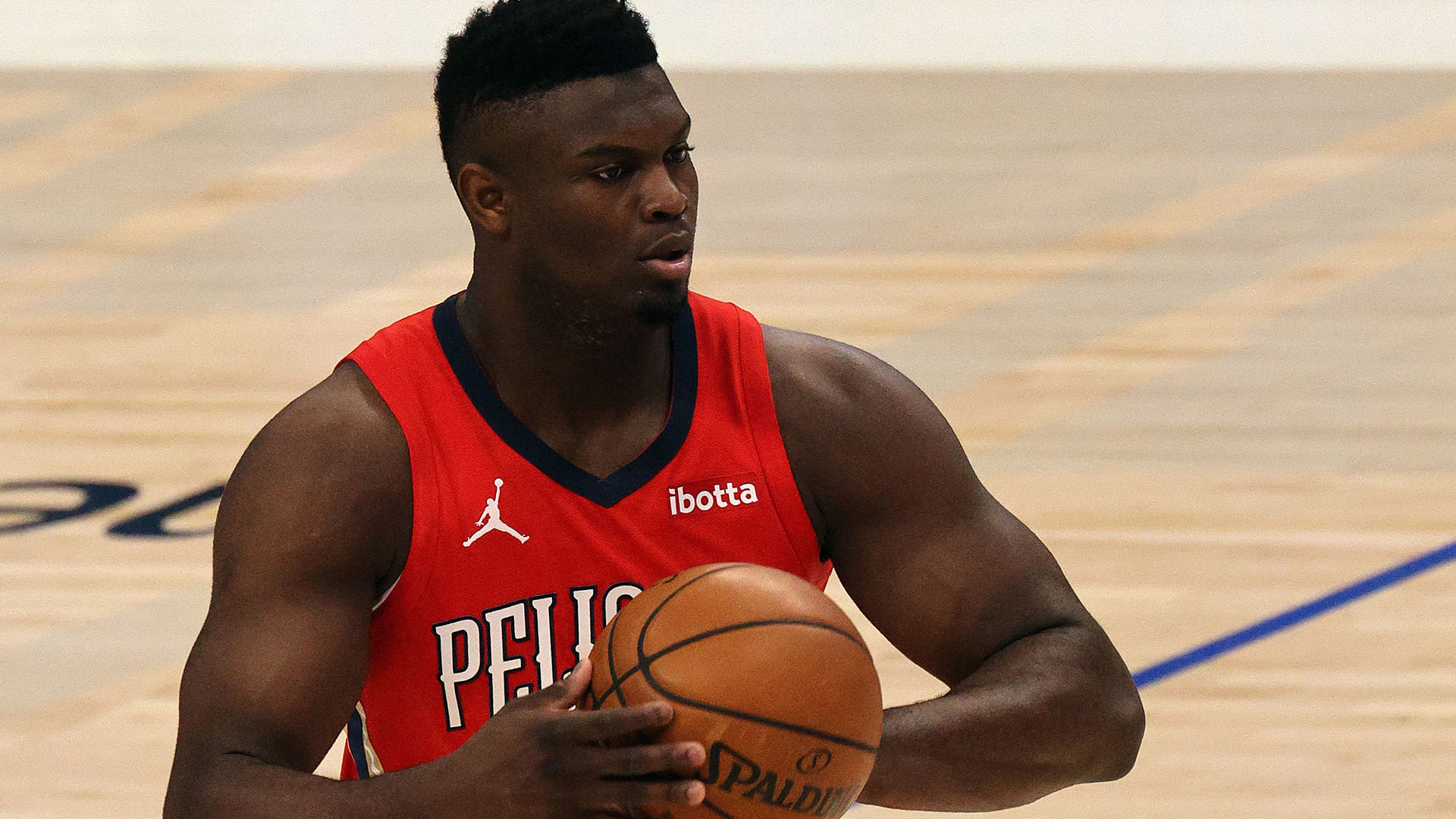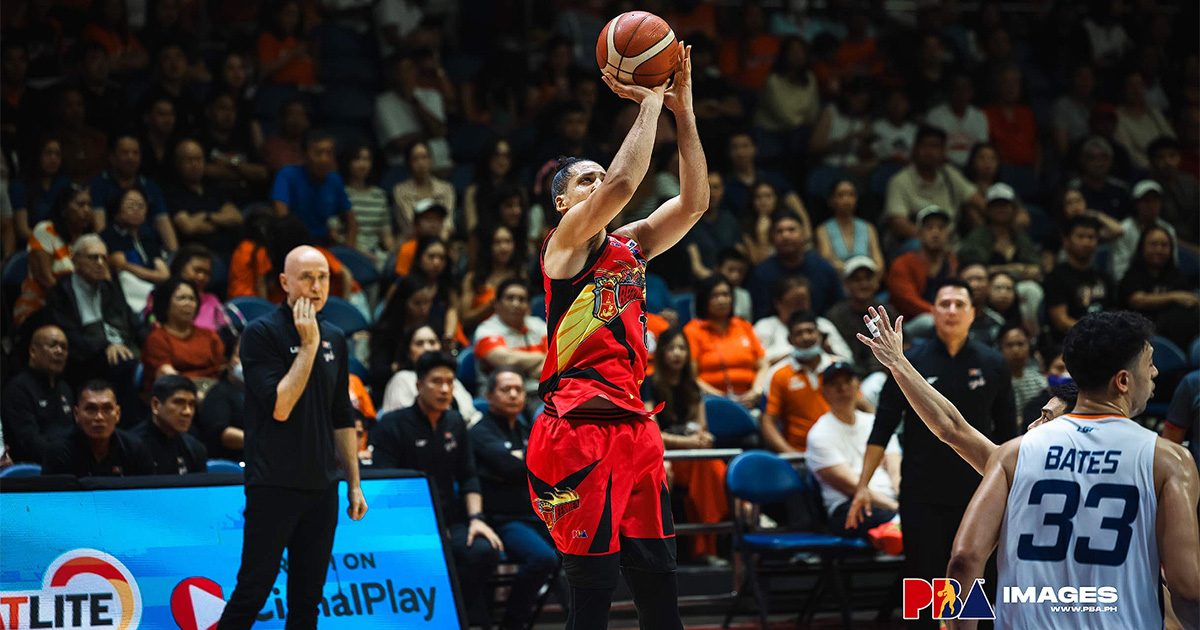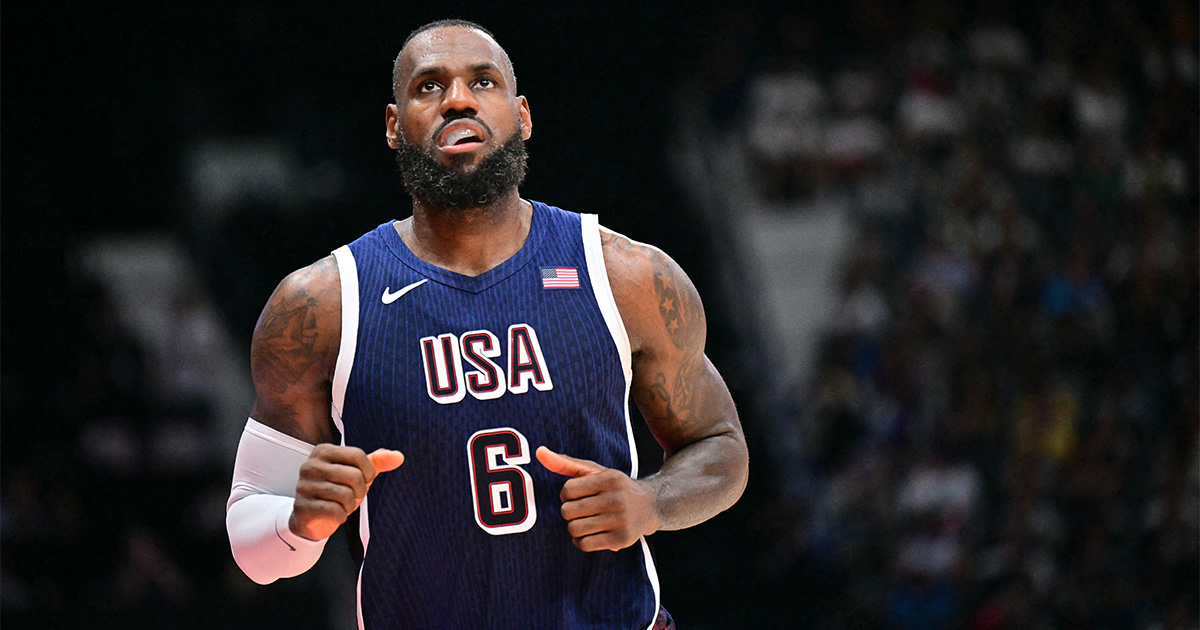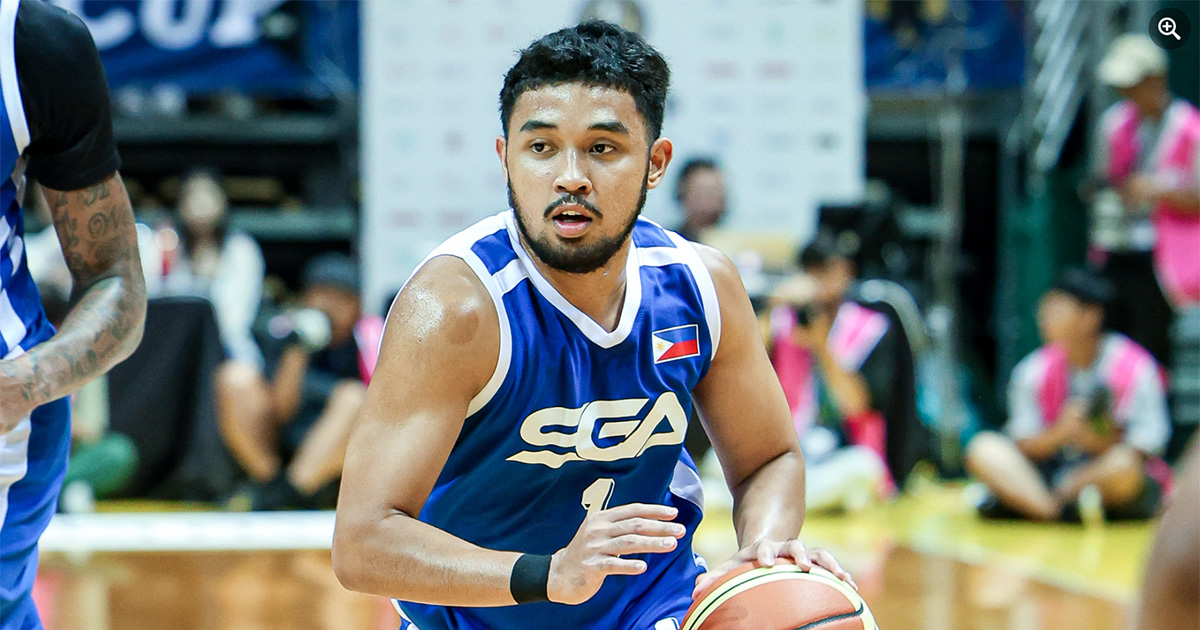There’s a famous quote from the philosopher George Santayana that goes: “Those who cannot remember the past are condemned to repeat it.”
The man attributed to this quote was born more than 150 years ago, but it remains as relevant as ever in the world that we live in today and even the NBA. Out of all the teams in the league, the New Orleans Pelicans may stand to gain the most from heeding this warning after taking into consideration what they have gone through with their big-name draftees since they were first established.
Originally the Charlotte Hornets (Not to be confused with the organization currently bearing the name in the NBA) when they debuted in 1988, they have had the privilege of drafting some of the more recognizable names in recent NBA history.
They nabbed Larry Johnson first overall in the 1991 NBA Draft and paired him with 1992 number two overall pick Alonzo Mourning the following year. In 1999, they selected Baron Davis third overall before moving to New Orleans in 2002. Come 2005, they found themselves with an even better point guard in Chris Paul whom they chose with the fourth pick.

The team then hit the jackpot in 2012 when they won the draft lottery for the first time in 21 years and gained the privilege of drafting a generational talent named Anthony Davis. The next year, they officially changed their moniker from “Hornets” to “Pelicans” which officially gave them the name that they currently go by. It did not take another 21 years for them to land another number one overall pick and just seven years later in 2019, they acquired Zion Williamson at the top of the draft.
Though the records of this current Pelicans franchise from their time in Charlotte were eventually given to the current Charlotte Hornets organization (Formerly known as the Bobcats who were an expansion team that joined the NBA in 2004), the blood of that team originally established in 1988 runs through their veins–and their heritage is far from pretty.
They have only made it to the second round of the playoffs four times and they have yet to make a conference finals appearance despite having a decent amount of star talent through the years. The players’ names are recognizable, but they are better known for their achievements elsewhere after they left the team that drafted them.
Mourning and Davis both won NBA titles with the Miami Heat and Los Angeles Lakers, respectively, while Johnson and Paul eventually made it to the finals on different teams. Baron Davis did not have much career success in terms of winning, though he gained fame as the heart and soul of the cult favorite “We Believe” Golden State Warriors who upset the top-seeded Dallas Mavericks in the first round of the 2007 NBA Playoffs.
The star-level talent has been there, as seen on the past two NBA title-winning teams where their former mainstays Davis (Lakers) and Jrue Holiday (Milwaukee Bucks) played influential roles. Their biggest challenge has consistently been assembling a roster with pieces that complement one another on the court, something that never really happened over the six seasons that Davis and Holiday were teammates where they made a mere two playoff appearances together.
The most successful year of that era was in 2018, a season where they briefly had DeMarcus Cousins before he hurt himself before the playoffs. Withou Cousins, they were eliminated by the Golden State Warriors in the second round. A team with Anthony Davis and Holiday would ideally share the floor with shooters who can keep the defense honest. Instead, the only two rotation pieces who shot above 40% from three that year were the relatively unknown Darius Miller and E’Twaun Moore.
Davis understandably demanded a trade following several years of disappointment. They eventually sent him to the Lakers in 2019, but luck was on their side as Williamson fell on their lap in the same offseason. The Pelicans now have a second chance at building around another young superstar who has already averaged 25.7 points and seven rebounds in his first two NBA campaigns.
They have not made the playoffs though in the 21-year-old Williamson’s first two seasons and their moves this past offseason have done little to inspire belief that this coming year will be any different.
Jonas Valanciunas, their biggest acquisition, is primarily a low post threat and his fit next to Williamson is not ideal as both are at their best when in the paint. Valanciunas has made improvements as a shooter, which brings a slight ray of hope, although he took just 0.9 threes per game last season and clearly prefers to score from the inside.

Devonte Graham and Tomas Satoransky were also added to boost their backcourt, but the ideal scenario for the Pelicans here would have been keeping Lonzo Ball who was sent to the Chicago Bulls in a sign-and-trade.
Ball, who has developed into a respectable three-point threat, established an exciting two-man chemistry with Williamson and looked like an ideal partner for him moving into the future. His loss is a setback for the team and may be something that the Pelicans’ front office regrets in the long run.
Elsewhere on their roster, the most notable holdover beyond Williamson is Brandom Ingram, who is still only 24 years old. Albeit a rising star with one NBA All-Star game appearance already, Ingram’s fit next to Williamson as a ball-dominant wing without much of a catch-and-shoot game at the moment is shaky at best.
The success of this current New Orleans iteration depends largely on whether or not Williamson and Ingram can figure out how to co-exist with the additional challenge of a roster that is ill-suited to maximizing their strengths. These two would benefit greatly from a team that enables them to play freely in transition and with space in halfcourt sets, but instead it seems like they have the opposite.
Williamson is still young, but if history is any indication, the patience of these superstars can disappear in the snap of a finger. New Orleans should not wait to act until the losing seasons pile up and Williamson begins to grow frustrated with this franchise that does not have the best track record with regards to building a winning team.
If their recent moves are any indication, the vicious cycle that has haunted the Pelicans already looks to be repeating itself. They would be best served if they reflected on their history and made more aggressive moves to suit their young star before it’s too late. If not, the other 29 teams in the league would happily host the second act of Williamson and his high-flying routine.















